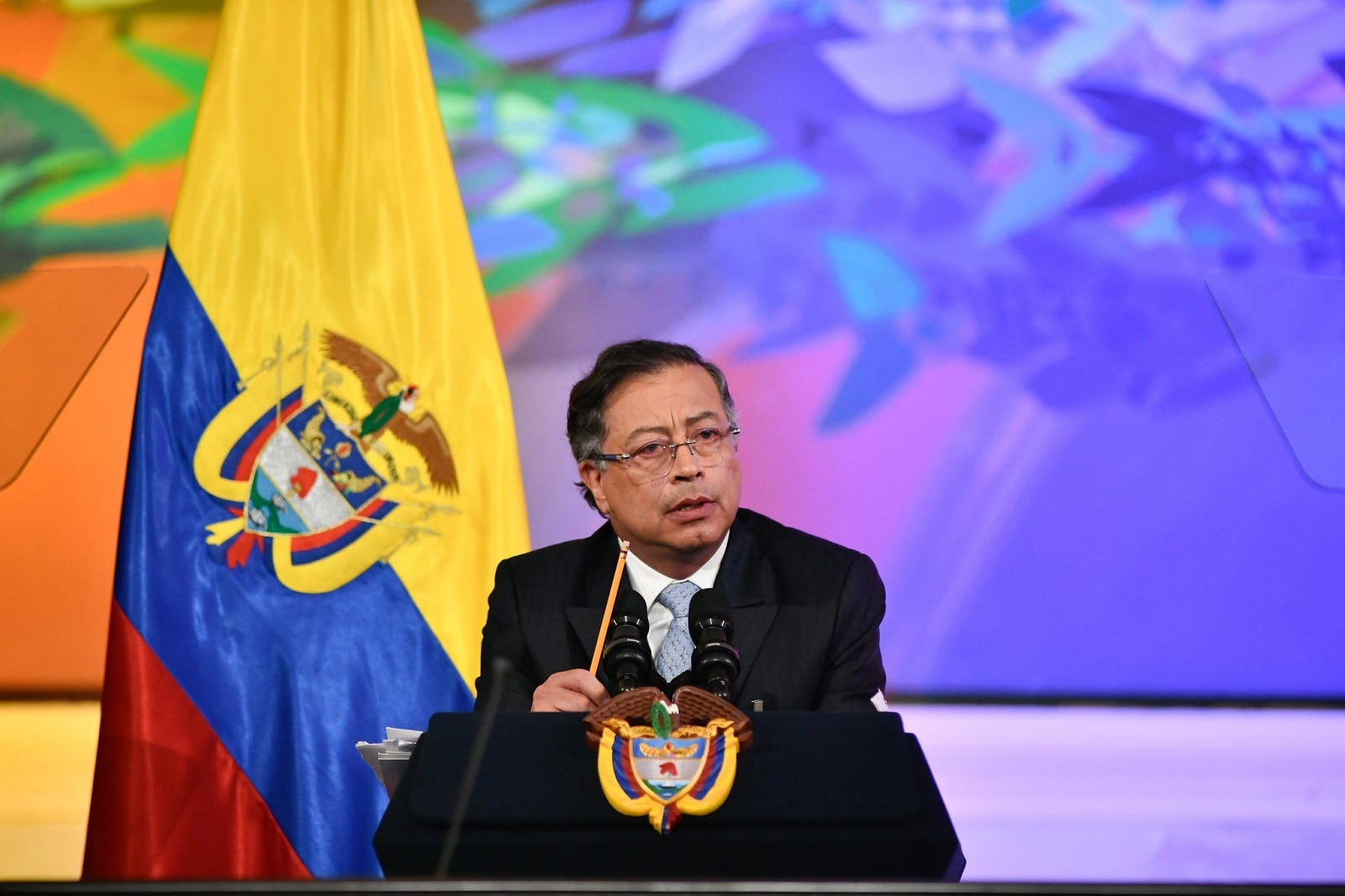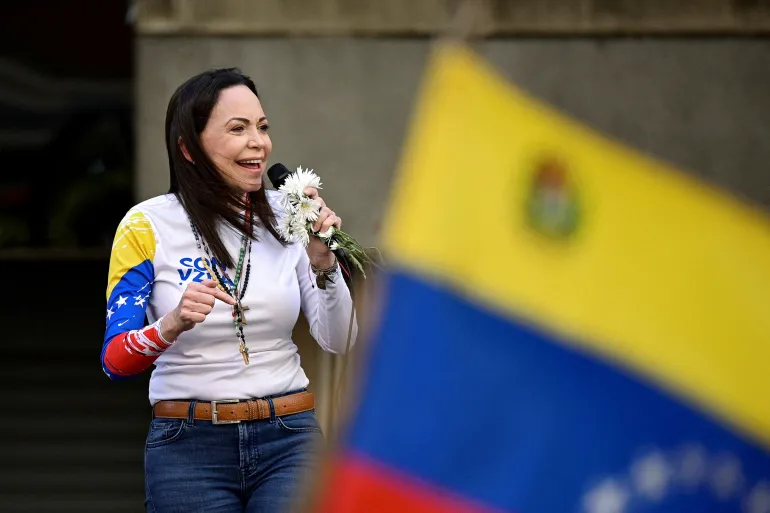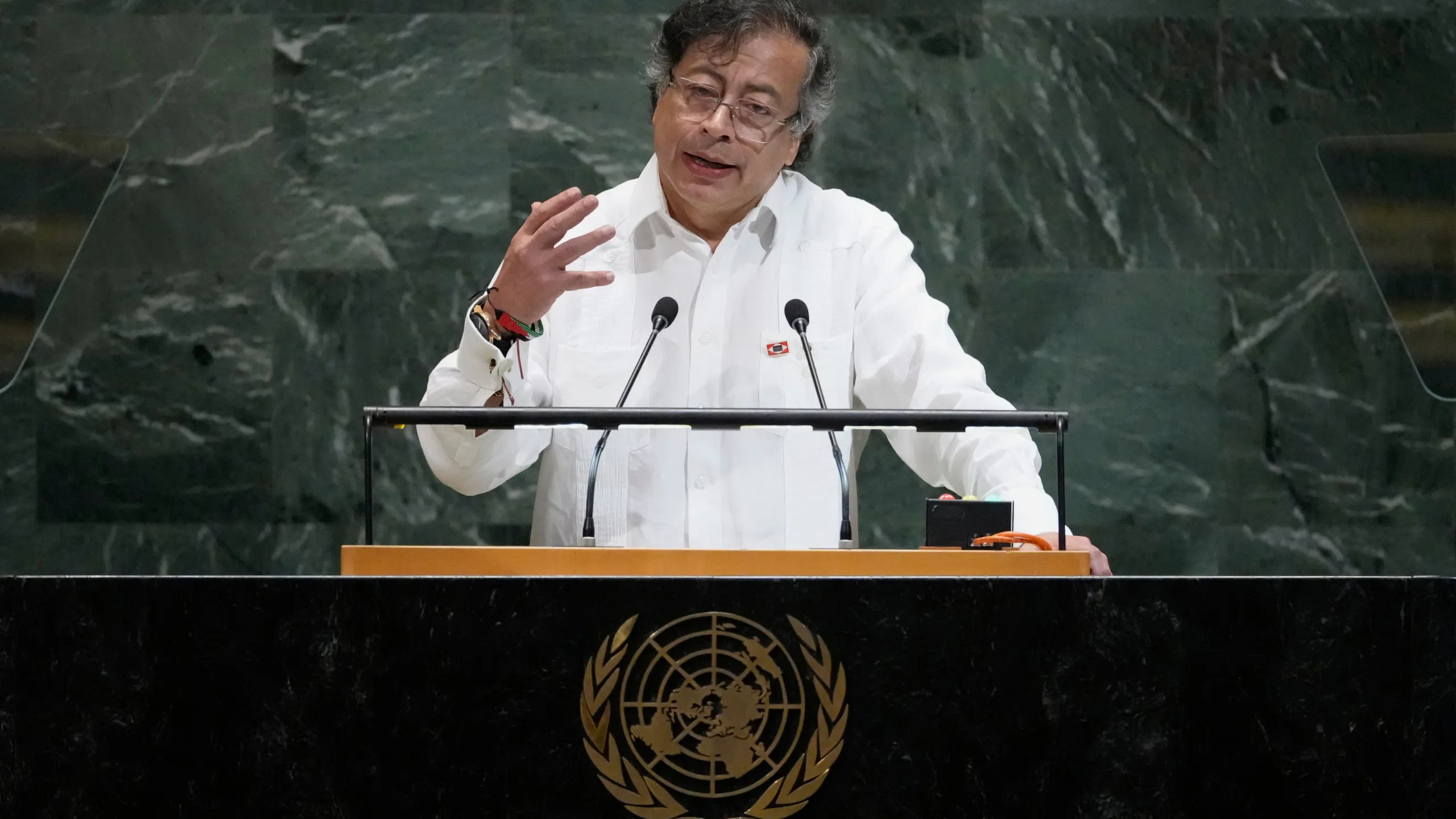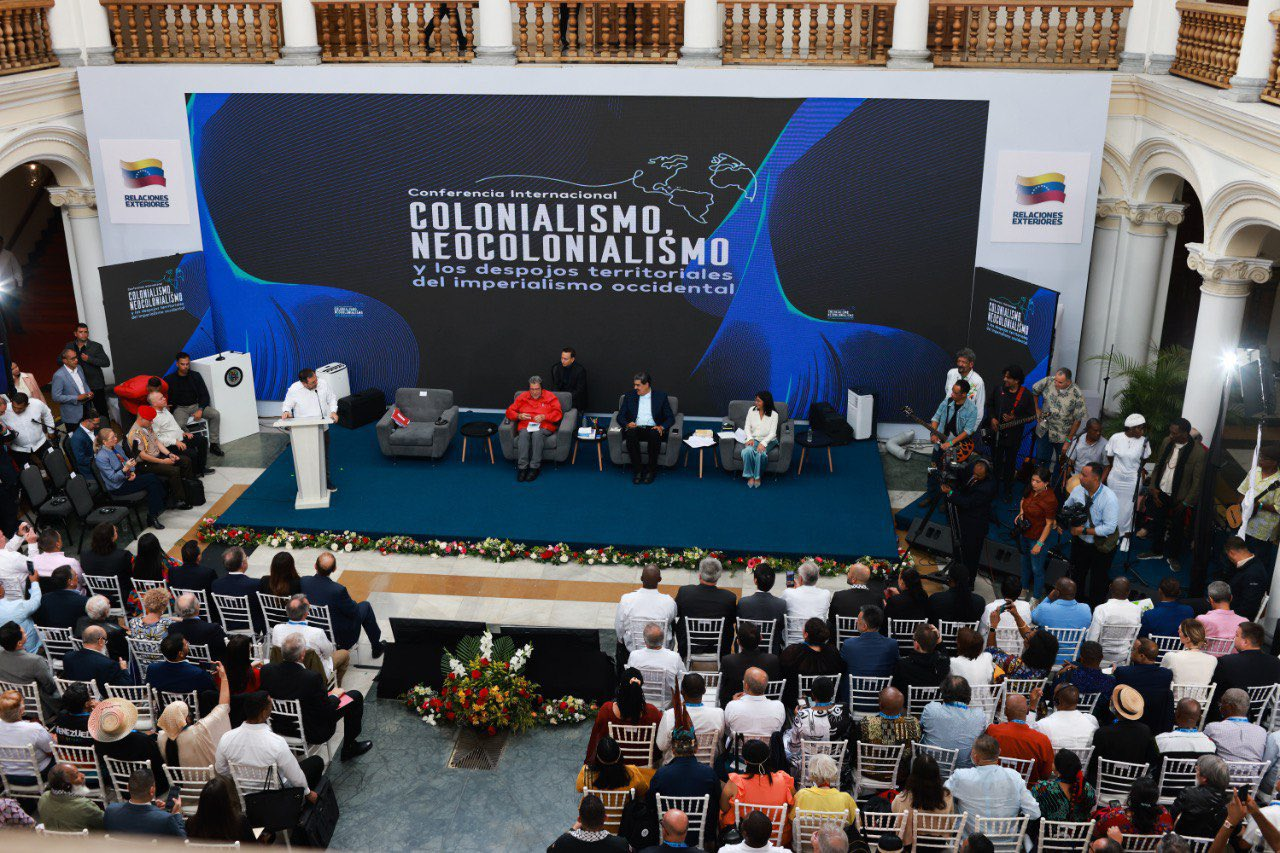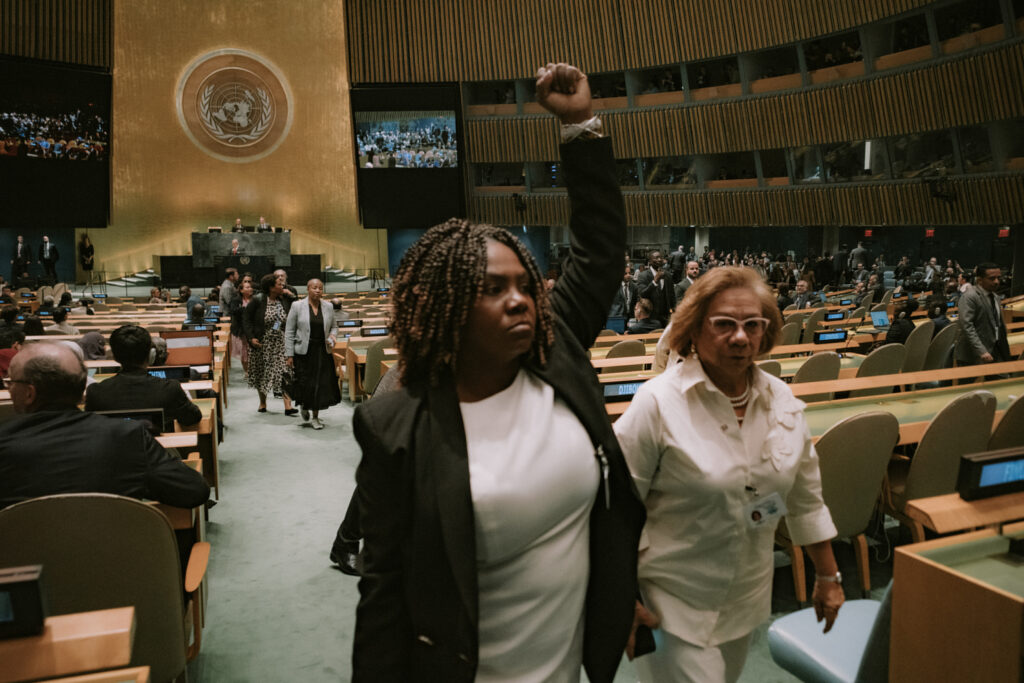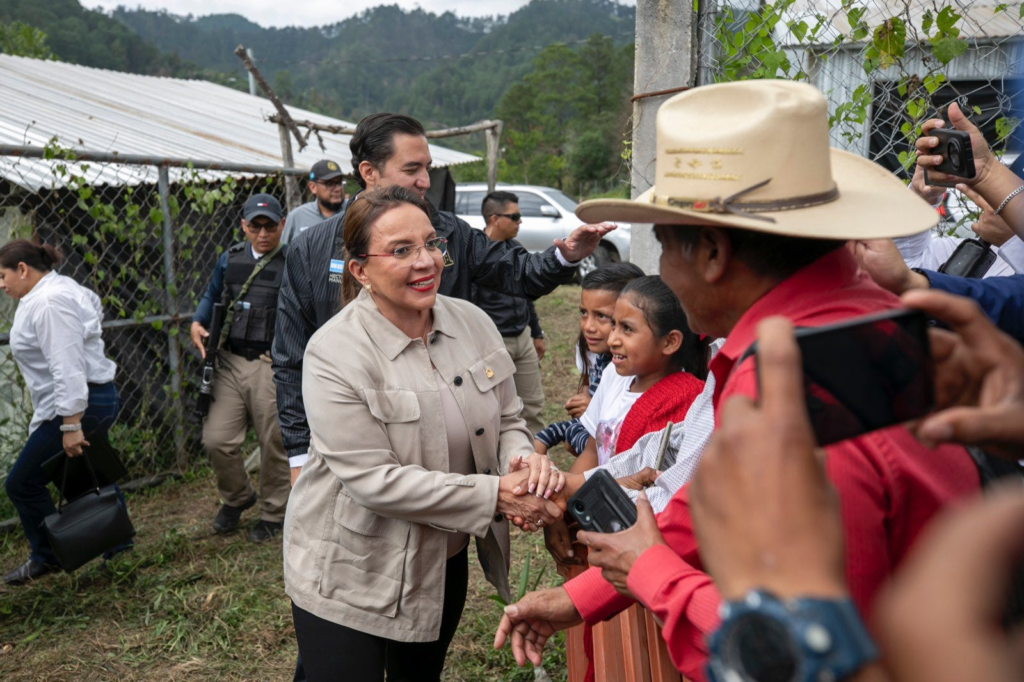In a recent post on X, the Colombian President Gustavo Petro denounced the Peruvian government of Dina Boluarte on Tuesday, for the unlawful occupation of northern Amazonian territory that Petro claims belongs to the Colombian nation.
In the post, Petro announced the relocation of an anticipated ceremony to commemorate the Battle of Boyacá, which marked Colombia’s independence over 200 years ago, to the small village-city of Leticia, which occupies a tiny strip of land north of the Amazon River, and abuts the borders of Brazil and Peru.
Petro cited the reasoning for the relocation was “because once again, the Peruvian government has occupied territory that belongs to Colombia and has violated the Rio de Janeiro Protocol that ended it.”
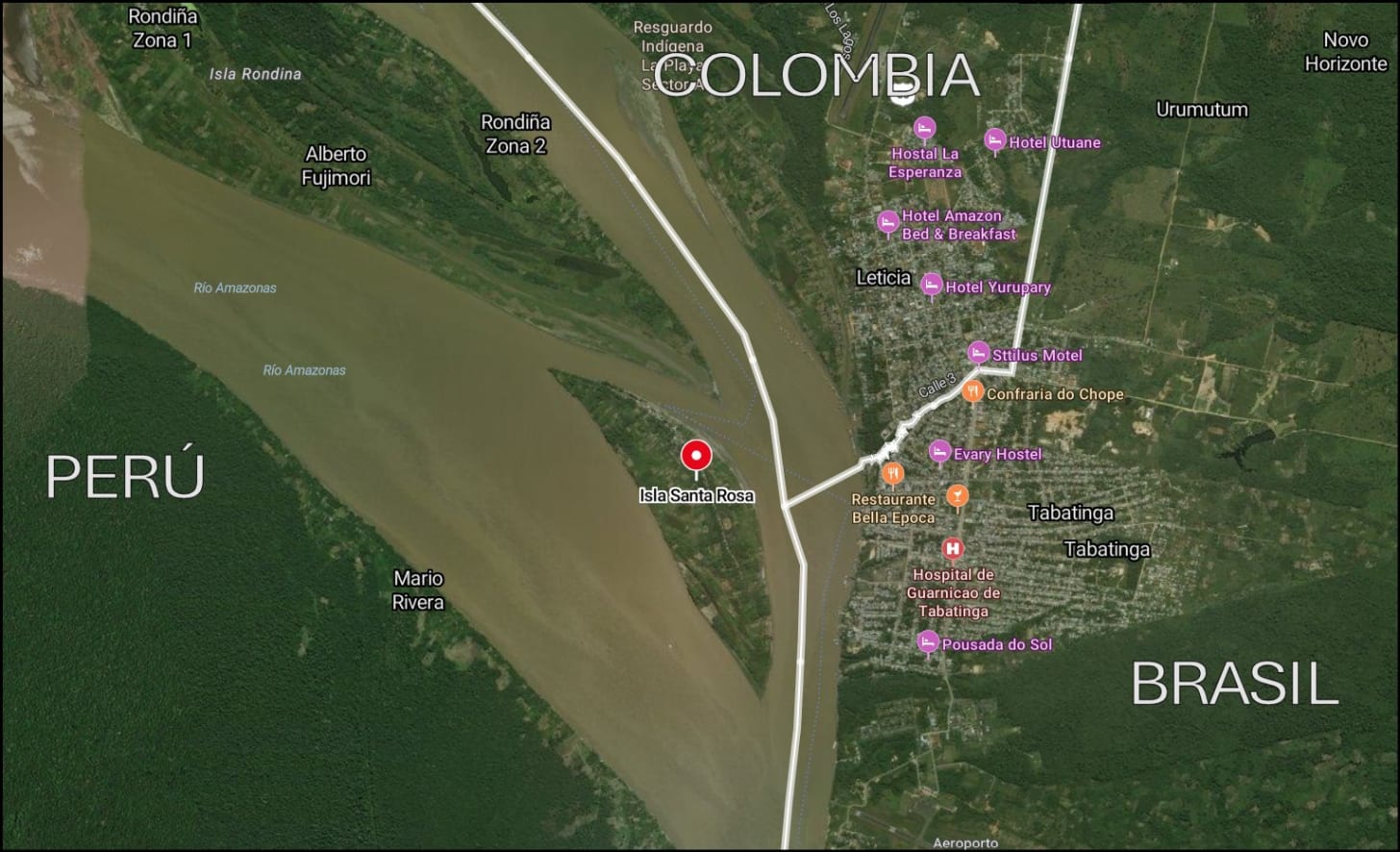
The protocol President Petro is referring to is the Rio de Janeiro Protocol of 1934, which was organized to settle a long-standing territorial dispute between Colombia and Peru over the area of Leticia and Colombia’s southern Amazon region. The Protocol eventually defined the borders in question between the two countries. However, Petro has claimed that new islands have recently emerged north of this boundary in Colombian territory, and has accused Peru of passing legislation that ultimately declared possession of these lands without the consent or approval of the Colombian government.
Petro continued in the post on X:
“Islands have appeared that are north of the current deepest line, and the Peruvian government has just appropriated them by law and established the capital of a municipality on land that, according to the treaty, should belong to Colombia. This unilateral action, in violation of the Rio de Janeiro Treaty, could lead to the disappearance of Leticia as an Amazonian port, stripping it of its commercial life. The government will use, above all, diplomatic measures to defend national sovereignty.”
These accusations have reopened historic tensions between the two nations when after 200 years of independence from their colonial overlords in the Spanish Empire, territorial disputes are still threatening the peaceful and harmonious relations between these two governments.
The issues of territorial encroachment and long-standing land disputes have been at the root of several armed conflicts between these nations. The Gran Colombia–Peru War (1828-1829) and the Colombia–Peru War (1932-1933) have both led to thousands of casualties on both sides.
The Peruvian Ministry of the Exterior issued a public response shortly after the assertions made by Petro, stating that the Peruvian government:
“expresses its most firm and energetic protest regarding the statements of the Government of Colombia concerning the sovereign rights and acts of jurisdiction that Peru legitimately and legally exercises in a public and permanent manner for over a century regarding the integrity of its national territory.”
Peruvian authorities refute the notion that the territory in question had been acquired unlawfully, but rather that the “Congress of the Republic of Peru unanimously approved on June 12 the creation of the new district of Santa Rosa de Loreto, in the exercise of the powers and attributions granted to it by the Political Constitution of Peru.”
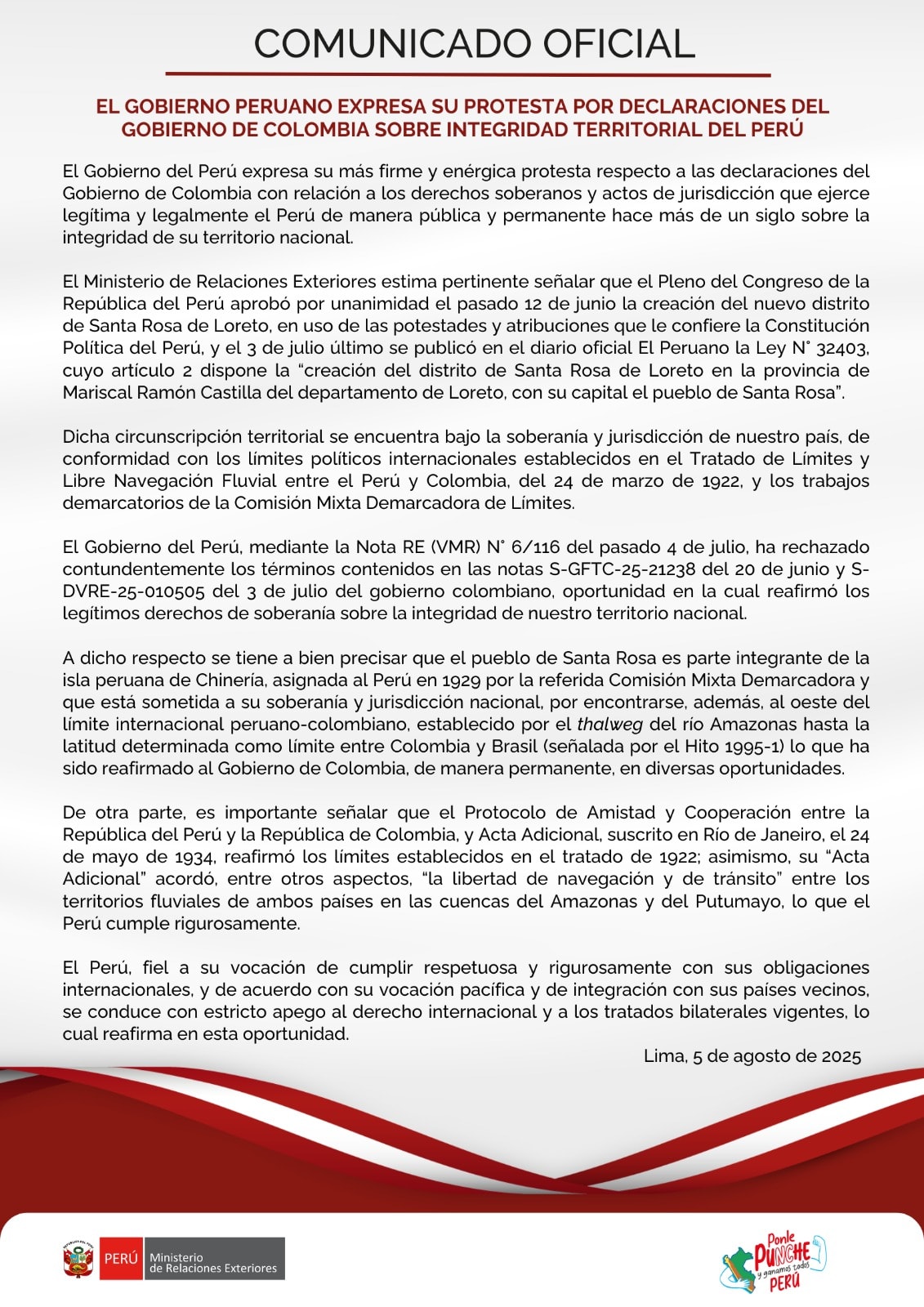
OFFICIAL STATEMENT
The Peruvian Government expresses its protest regarding statements from the Colombian Government about the territorial integrity of Peru
The Government of Peru expresses its most firm and energetic protest regarding the statements of the Government of Colombia concerning the sovereign rights and acts of jurisdiction that Peru legitimately and legally exercises in a public and permanent manner for over a century regarding the integrity of its national territory.
The Ministry of Foreign Affairs deems it pertinent to note that the Plenary of the Congress of the Republic of Peru unanimously approved on June 12 the creation of the new district of Santa Rosa de Loreto, in the exercise of the powers and attributions granted to it by the Political Constitution of Peru, and on July 3, the law was published in the official gazette El Peruano as Law No. 32403, whose Article 2 establishes the “creation of the district of Santa Rosa de Loreto in the province of Mariscal Ramón Castilla of the department of Loreto, with its capital being the town of Santa Rosa.”
This territorial jurisdiction falls under the sovereignty and jurisdiction of our country, in accordance with the international political boundaries established in the Treaty of Limits and Free River Navigation between Peru and Colombia, dated March 24, 1922, and the demarcation works of the Joint Boundary Demarcation Commission.
The Government of Peru, through Note RE (VMR) No. 6/116 dated July 4, has categorically rejected the terms contained in the notes S-GFTC-25-21238 of June 20 and S-DVRE-25-010505 of July 3 from the Colombian Government, an opportunity in which it reaffirmed the legitimate sovereign rights over the integrity of our national territory.
In this regard, it is worth clarifying that the town of Santa Rosa is an integral part of the Peruvian island of Chinería, assigned to Peru in 1929 by the aforementioned Joint Boundary Demarcation Commission and subject to its sovereignty and national jurisdiction, as it is also located west of the Peru-Colombia international boundary, established by the thalweg of the Amazon River up to the latitude determined as the boundary between Colombia and Brazil (marked by Milestone 1995-1), a fact that has been consistently reaffirmed to the Government of Colombia on various occasions.
On the other hand, it is important to note that the Protocol of Friendship and Cooperation between the Republic of Peru and the Republic of Colombia, and its Additional Act, signed in Rio de Janeiro on May 24, 1934, reaffirmed the boundaries established in the 1922 treaty; likewise, its “Additional Act” agreed, among other aspects, “the freedom of navigation and transit” between the river territories of both countries in the Amazon and Putumayo basins, which Peru strictly complies with.
Peru, true to its vocation of respectfully and rigorously fulfilling its international obligations, and in accordance with its peaceful vocation and commitment to integration with its neighboring countries, conducts itself in strict adherence to international law and existing bilateral treaties, which it reaffirms on this occasion.

